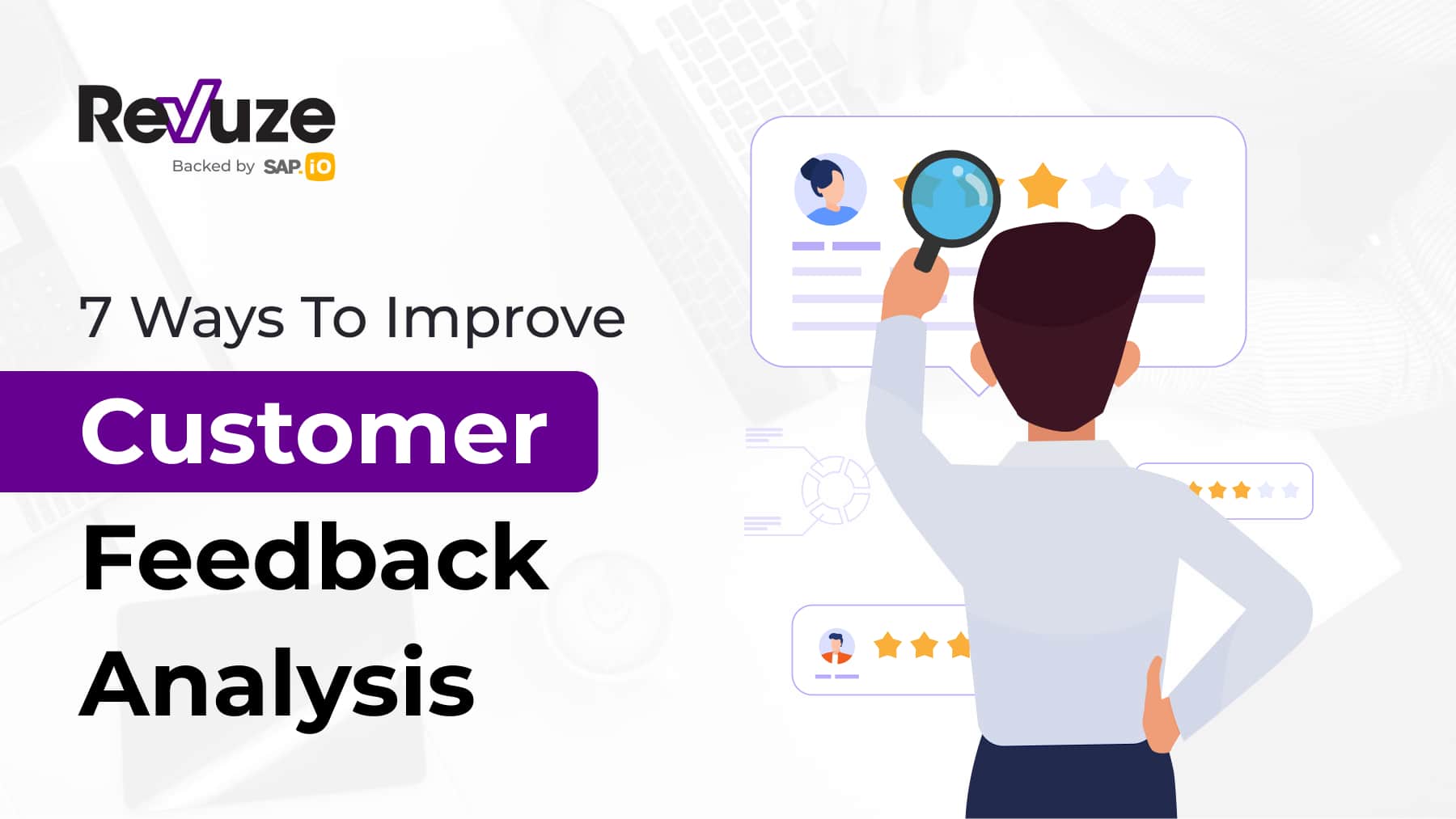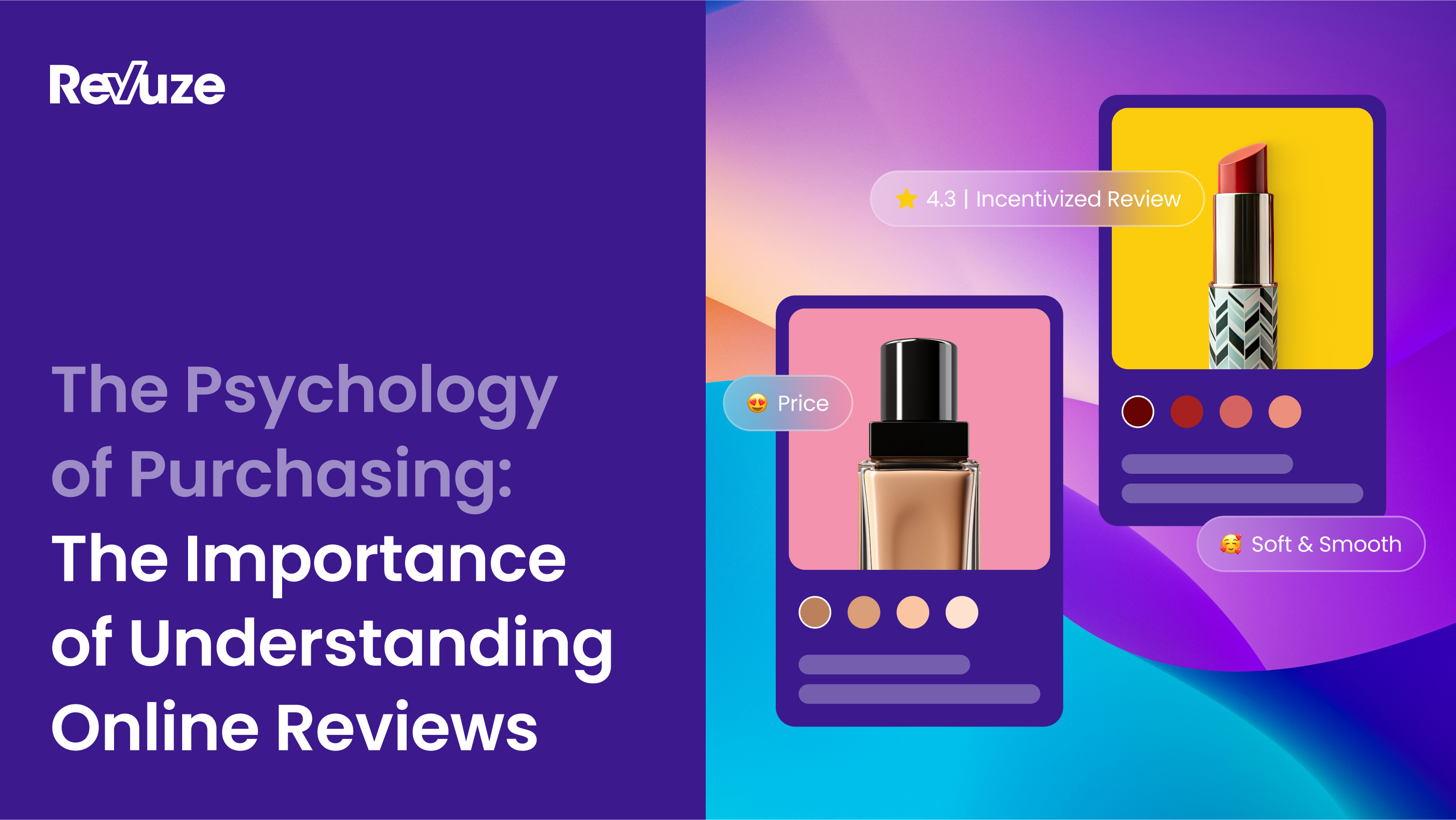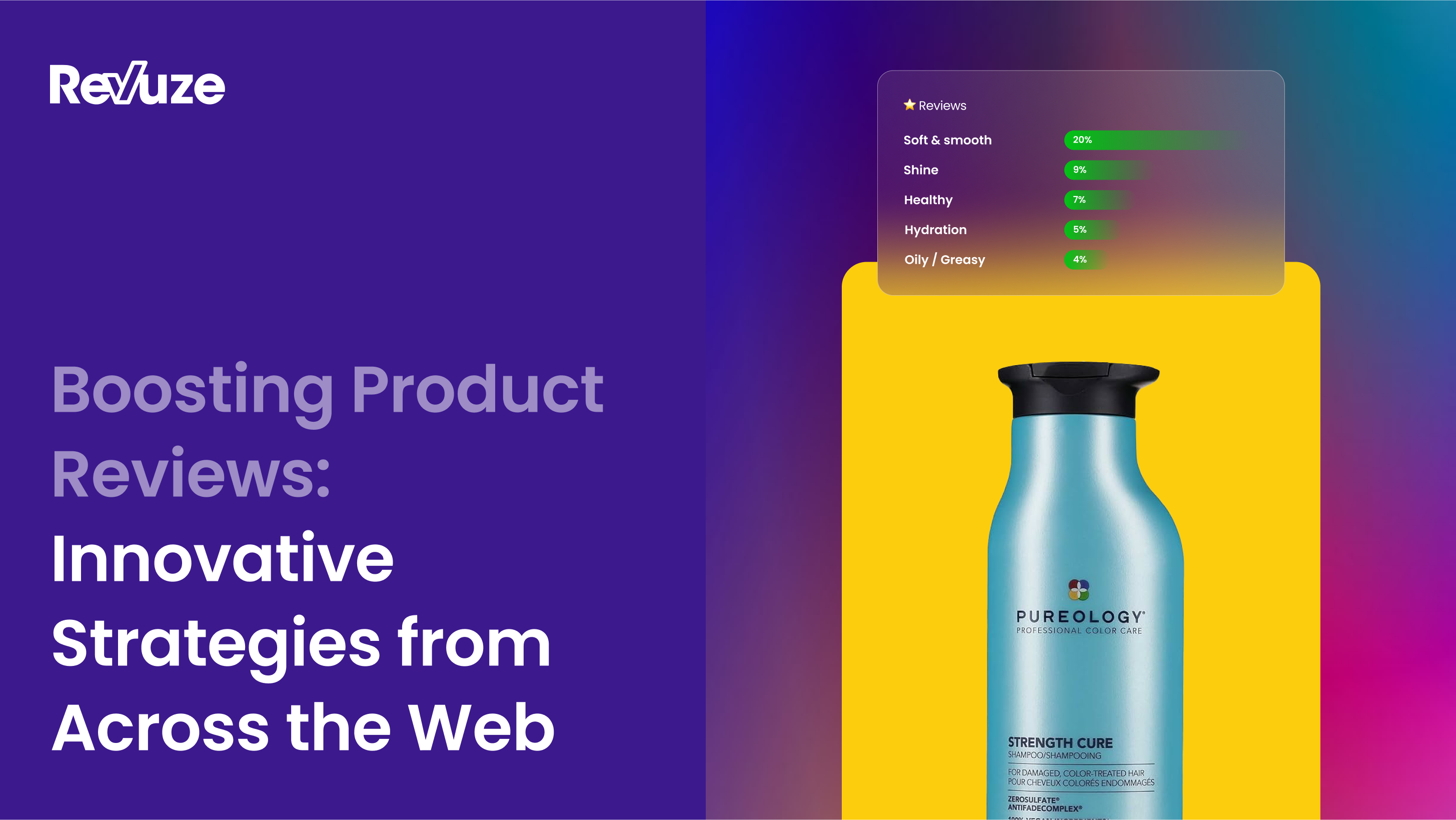
Information is power, so you’ll have a huge competitive advantage if you know how to interpret feedback from customers and use the analyzed tips that can be generated from it. Customer feedback analysis is a powerful tool that helps you take feedback from your audience and turn it into something useful, a clear target for improvements that you can make and complaints that have been made.
Remember, while not all feedback is going to be negative, consumers are far more likely to leave feedback over a negative experience than a positive one. Therefore, don’t be discouraged if the majority of your feedback data is negative: it’s a chance to learn how to be better!
Below you’ll find seven of our best tips for improving analysis of complaints and compliments and how to interpret feedback in the workplace to form a better idea of what the consumer desires.
1. Check and separate the type of feedback you’re getting
When you’re analyzing feedback forms, it’s often just as important to check who is leaving feedback as what is being said. After all, the most important pieces of insight will come from long-term customers who have much more experience with your brand than the average consumer.
However, you shouldn’t be fooled into thinking that newer customers have no insight into things. Pay attention to how much the customer has used your products rather than the length of time they have done so for. Remember that your feedback analysis relates to the study of determination of sales performances and potential, you want to ultimately be looking at what will bring in more revenue.
When checking your feedback, it’s also important to keep in mind that the two ends of the scale (e.g. 1 and 5 in a 1-5 rating) are going to be more populated than the middle, as it’s just human nature to act on strong positive or negative feelings. Because of this fact, you can separate your feedback into the positive and negative kinds which will tell you different things about your customers’ experiences. Want to focus on improvements? Complaint trend analysis is your friend. Want to think more about refining the positives? Glowing reviews that give positive feedback for customer service can help there.
2. Categorize your feedback
If you’re wondering how to improve analysis, one of the best first steps is to take your data and categorize it (and subcategorize). How this might be done is up to you, but one of the best ways of doing this is to look at each step in the customer journey and place the feedback into categories that represent said steps. That way, you’ll have an easier time getting your data analysis and interpretation of customer satisfaction right — there’s no use trying to make improvements if you don’t know what your customers want, after all! You can find market feedback analysis templates and similar online if you’re not sure where to begin.
You can also categorize your data by type if you’re using multiple methods of collection (are you calling customers for feedback, or simply leaving forms with their purchases), by date if you want to analyze the effect of a new change in procedure etc., or by how useful you think it is and how detailed a piece of information it contains. When you’re categorizing feedback a lot of it will go into the non-useful categories, junk or generic reviews that give no actual information being two of them. While it’s always heartwarming to see someone leave a comment saying “I love your brand,” it isn’t very useful in this context so you should filter it and comments like it out so you can focus on customer feedback results that you can extract useful data from.
3. Automated tools and software
If you’re a small business that turns over relatively few products, you might be able to go through all of your reviews by hand and sort them into neat little piles. In the digital age where reviews can be left en masse this approach isn’t very feasible, with reviews for even small brands numbering in the hundreds or thousands. This can be aided with software or AI filters that screen feedback and separate it into categories automatically, doing in seconds what it would take a human all day.
Some automated tools that you can use include text analysis which reads the text present and sorts based on words that are within, and sentiment analysis which uses more nuanced algorithms to try and figure out the meaning of the words and sort appropriately. Of course, neither method is 100% effective as the nuance of language is a tricky thing even for humans, but it should vastly reduce the workload when thinking about how to summarize user feedback in a useful way.
4. Finding trends
Trends are one of the most important things when it comes to analyzing feedback forms, as not only do you want to improve upon your faults but you want to do it in a way that satisfies the most customers with the resources you have. After all, customers drive your revenue. Loud voices and strong opinions are easy to fixate on, but you should keep in mind that if you have one extremely negative review and several dozen positive ones, the negative experience is far more likely to be an outlier caused by random factors than an indication of an ongoing problem.
When you’re deciding how to present customer feedback to your team and get them on board with the issues that are occurring, trends are the best way to do this. Not only are they easy to spot if you’ve got the feedback analysis format right but they’re also indicative of where problems lie and what the root causes that you’ll want to find out might be. When planning out how to collate feedback forms, knowing what categories you’re focusing on will help you know what trends might arise in that data.
5. Root causes
Following on from identifying trends, finding the root cause of systematic problems should be your final goal when analysing feedback forms. From the trends you identify, you can move to the root cause of problems and how to improve them. Of course some causes might not be immediately obvious even from lots of data, and you have things such as survivorship bias and similar psychological phenomena to take into account. Getting a second opinion from your team or from outside assistance can go a long way in rooting out the causes of your issues.
6. Context is everything
When you’re thinking about how to analyze feedback data, and even how to collate and analyze feedback itself, you’ll want to put everything into context — no review exists in a vacuum after all. While you might be tempted to cross-reference your quality reviews for different products, unless they share characteristics there isn’t much point in doing so. If you have multiple platforms or store locations, keep the reviews for each separate. Any positive feedback for customer service in one location won’t necessarily hold true for another, so you need to be careful that you aren’t making unnecessary changes, or worse, actively making the customer experience more negative.
Of course, some things will carry over such as methodology problems and similar, so the line between relevant and not is difficult to walk sometimes. Analysis vs analyses is a key concept here, as data sets being analysed both separately vs together might reveal different things that escape notice on a smaller scale.
7. Make a plan
Once you’ve evaluated client feedback, identified trends, set them in context and figured out where the root problems are, the logical thing to do is create a plan of how you’re going to tackle them. Getting each problem tackled by someone who specialises in that area is a great way to see improvements, so don’t be afraid to take advice when you need it. You can collect your data and arrange it into a customer feedback analysis report format if necessary, which will help those unfamiliar with the base data to comprehend what’s going on (customer feedback analysis report samples can be found online) so you shouldn’t shy away from asking people’s opinions if you think they might have insight.
 All
Articles
All
Articles Email
Analytics
Email
Analytics








 Agencies
Insights
Agencies
Insights